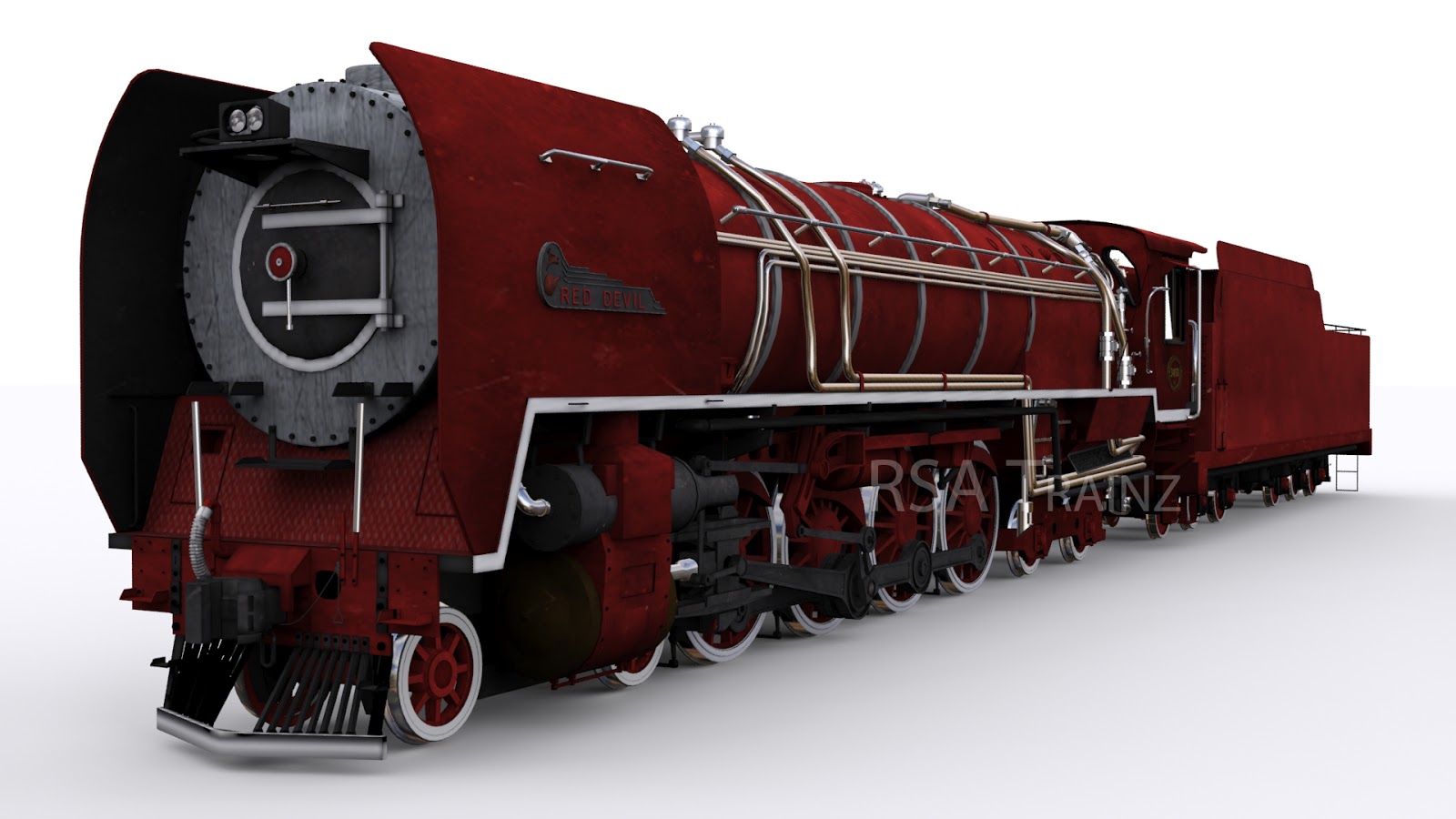Greetings.
This is just a thought that's occurred to me on occasion, usually when a creator announces or releases a non-standard gauge train or locomotive. The basis for this discussion is a suggestion for creators of assets especially those for which gauge is important (eg. infrastructure, track and trains), that if the gauge being modeled is close to standard gauge, consider adapting it to standard gauge either via "photocopier" wholesale scaling or minor modeling adjustments.
Understandably, there's something to be said about striving for realism and I agree. On the other hand, our creations are not independent but coexist with other creations within the realm of the Trainz ecosystem. That is to say, the usefulness of a gauge-affected asset is often only as good as the availability of assets for that same gauge. I have on a few occasions "converted" (for private use of course) trains to standard gauge by swapping out bogies so that they are compatible with the vast majority of standard gauge content and routes. To have a train of non-standard gauge x, one would need x-gauged track and accompanying rolling stock in addition to quality x-gauged routes which is rarely the case especially for some less popular gauges.
A good example is a Russian/Eastern European track set that's been popular in recent years. It's fantastic in both quality and variety the only caveat being it was made for 1450mm IIRC. This "minor" difference may be tolerable to some but not others. At a distance it isn't obvious but closeup you'll easily note that some wheels look quite ready to fall between the rails. There are also many gauge-related aspects that cannot be adjusted by the user such as loading gauge width, coupler heights and for unique bogies, the gauge as well. Having content of the same gauge allows more people to use it especially outside the modeled region. A decent South African steamer can be reskinned and used on a North American standard gauge route as an "export" for example.
What do you guys think? Is it worthwhile having a bit of artistic flexibility and trading in a bit of dimensional realism in exchange for more standard-gauge compatibility and wider use-case possibilities?
This is just a thought that's occurred to me on occasion, usually when a creator announces or releases a non-standard gauge train or locomotive. The basis for this discussion is a suggestion for creators of assets especially those for which gauge is important (eg. infrastructure, track and trains), that if the gauge being modeled is close to standard gauge, consider adapting it to standard gauge either via "photocopier" wholesale scaling or minor modeling adjustments.
Understandably, there's something to be said about striving for realism and I agree. On the other hand, our creations are not independent but coexist with other creations within the realm of the Trainz ecosystem. That is to say, the usefulness of a gauge-affected asset is often only as good as the availability of assets for that same gauge. I have on a few occasions "converted" (for private use of course) trains to standard gauge by swapping out bogies so that they are compatible with the vast majority of standard gauge content and routes. To have a train of non-standard gauge x, one would need x-gauged track and accompanying rolling stock in addition to quality x-gauged routes which is rarely the case especially for some less popular gauges.
A good example is a Russian/Eastern European track set that's been popular in recent years. It's fantastic in both quality and variety the only caveat being it was made for 1450mm IIRC. This "minor" difference may be tolerable to some but not others. At a distance it isn't obvious but closeup you'll easily note that some wheels look quite ready to fall between the rails. There are also many gauge-related aspects that cannot be adjusted by the user such as loading gauge width, coupler heights and for unique bogies, the gauge as well. Having content of the same gauge allows more people to use it especially outside the modeled region. A decent South African steamer can be reskinned and used on a North American standard gauge route as an "export" for example.
What do you guys think? Is it worthwhile having a bit of artistic flexibility and trading in a bit of dimensional realism in exchange for more standard-gauge compatibility and wider use-case possibilities?
Last edited:

